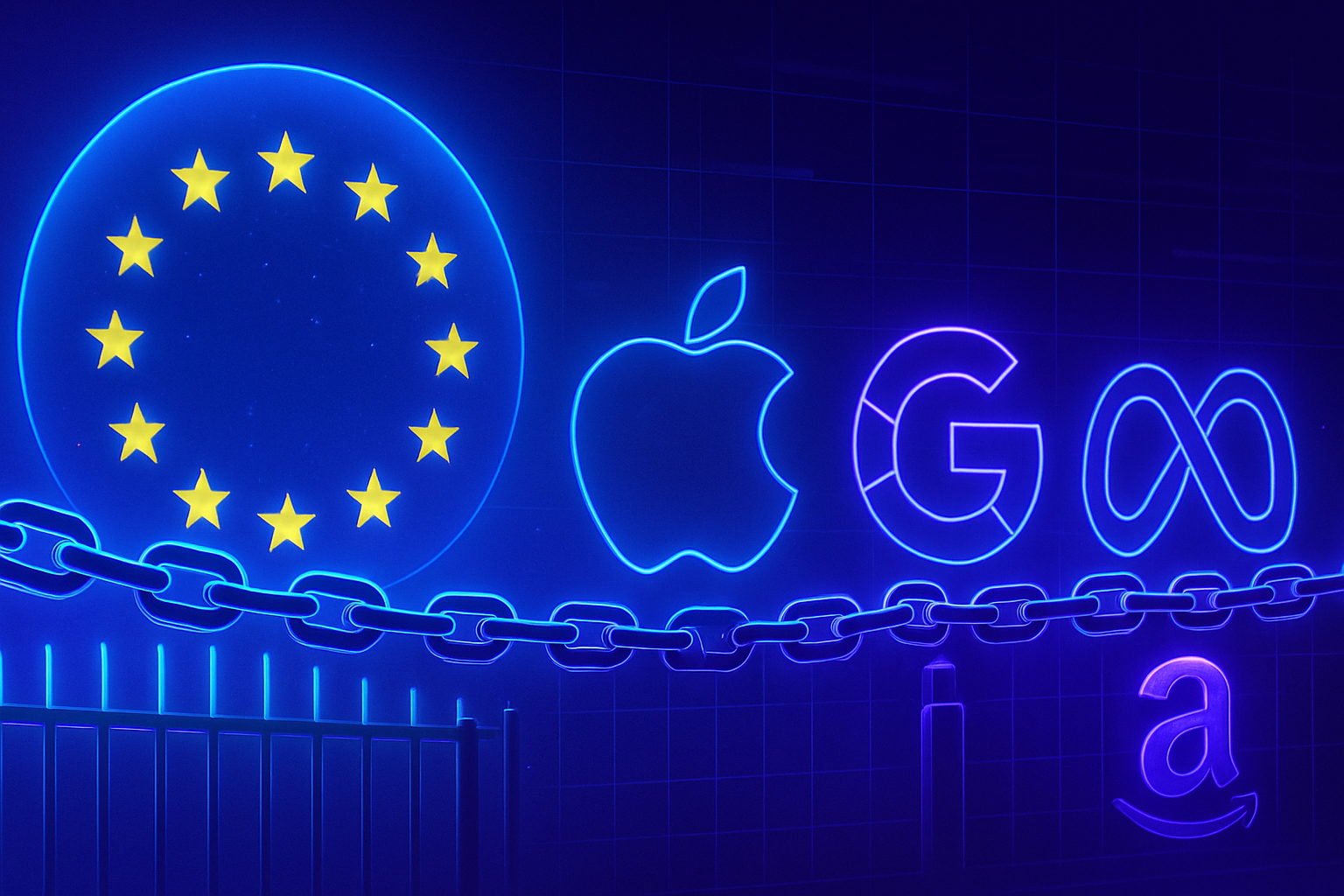The emergence of a new method for teaching AI to recognize and admit its uncertainty transcends simple algorithms. This development represents a major advancement in sectors where accuracy is essential, such as health and justice. *An AI aware of its limits* could revolutionize the trust placed in these systems when facing sensitive issues, thus avoiding fatal errors.
*Admitting uncertainty* paves the way for safer collaboration between humans and machines. The results promise to refine the way artificial intelligences interact with their environment, prioritizing meticulous thought before responding. *By valuing trust over knowledge*, this approach marks a significant turning point in the development of cognitive technologies.
Uncertainty and Artificial Intelligence: A Problematic Emergence
In areas where stakes are critical, such as health or game shows like “Jeopardy!”, admitting ignorance may be wiser than providing a wrong answer. Professionals, whether doctors or competition participants, are well aware of this. Artificial intelligence applications, on the other hand, often tend to provide answers even when their certainty is questionable.
A New Approach for AI
Researchers in computer science from Johns Hopkins University have developed an innovative method. This allows artificial intelligence models to extend their reflection time before responding. By integrating a confidence score, AI can now choose to say “I don’t know” rather than risk responding incorrectly. This advancement seems essential in high-stakes environments such as medicine, law, or engineering.
The Mechanics of Research
The research began with the observation that advanced language models take more time to solve complex problems. The team then questioned the impact of this reflection time on the determination of the quality of the response. Researchers studied reasoning chains of varying lengths when solving mathematical problems. They then measured the effect of this length on the accuracy of responses and on the models’ confidence.
Results and Discoveries
The results revealed that increased reflection time generally improved the accuracy and confidence of the models. However, the risk of errors persisted, particularly in the absence of penalties for incorrect answers. A relevant observation was made: when the confidence bar was high and the reflection time was extended, the accuracy of the models decreased. The performance of a system relies on several factors.
Adjustments to Confidence Parameters
Motivated by these findings, researchers proposed different levels of penalties for incorrect responses. These parameters include: “exam scores,” with no penalty for an incorrect response; “Jeopardy scores,” where correct responses are rewarded just as mistakes are penalized; and “high-stakes scores,” where an incorrect response is severely punished compared to a correct response.
Implications and Perspectives
These new scores encourage models to refuse to answer when their confidence is insufficient after using their computation budget. In some cases, this might lead to more unanswered questions. This phenomenon, although frustrating for a student seeking help, proves preferable in environments where the stakes are high. An incorrect response can have serious consequences.
Call to the Research Community
Researchers urge the AI research community to share the performance of their models in environments with non-zero costs for incorrect answers. Such an initiative would encourage the development of more effective methods for quantifying uncertainty. Sharing results can revolutionize the field of artificial intelligence.
Additional Information
To delve deeper into this subject, articles on probabilistic algorithms to combat fake news and current technological challenges are available online. Relevant links include a study on an innovative algorithm as well as a response from OpenAI to ongoing legal actions. Analyses on the political implications of technology and on embargo issues related to electronic chips are also available.
Frequently Asked Questions
What is a method for teaching AI to recognize its uncertainty?
It is an approach that helps artificial intelligence models assess their own level of confidence in the provided responses, allowing them to admit when they are unsure rather than risk giving an incorrect answer.
Why is it important for AI to admit its uncertainty in critical fields?
In fields such as medicine or law, an incorrect answer can have serious consequences. Admitting uncertainty helps reduce the risk of errors and improves informed decision-making.
How does this method improve the accuracy of AI models?
By allowing models to spend more time reflecting on complex problems, as well as using a confidence threshold for their responses, they can provide more accurate answers by acting only when their confidence level exceeds a certain threshold.
What are the key parameters used to adjust this method?
The parameters include the available computation budget, the defined confidence threshold, and the settings for imposing penalties for incorrect responses, which can vary depending on the context of the posed problem.
What are the different penalty strategies for incorrect responses?
There are different strategies such as the “no penalty” option, where no consequences are incurred for a wrong answer; the “Jeopardy!” option, where correct answers are rewarded equally to penalties for mistakes; and the “high stakes” where a wrong answer incurs a severe penalty.
How is research on uncertainty recognition shared within the scientific community?
Researchers encourage the AI community to document the performance of their AI models in contexts with non-zero costs for incorrect answers, in order to promote the development of better methods for quantifying uncertainty.
What impacts could this new method have on the future of artificial intelligence?
By improving the ability of AI systems to manage uncertainty, this could lead to more reliable and ethical applications in critical fields, enhancing user trust in AI-based decisions.





